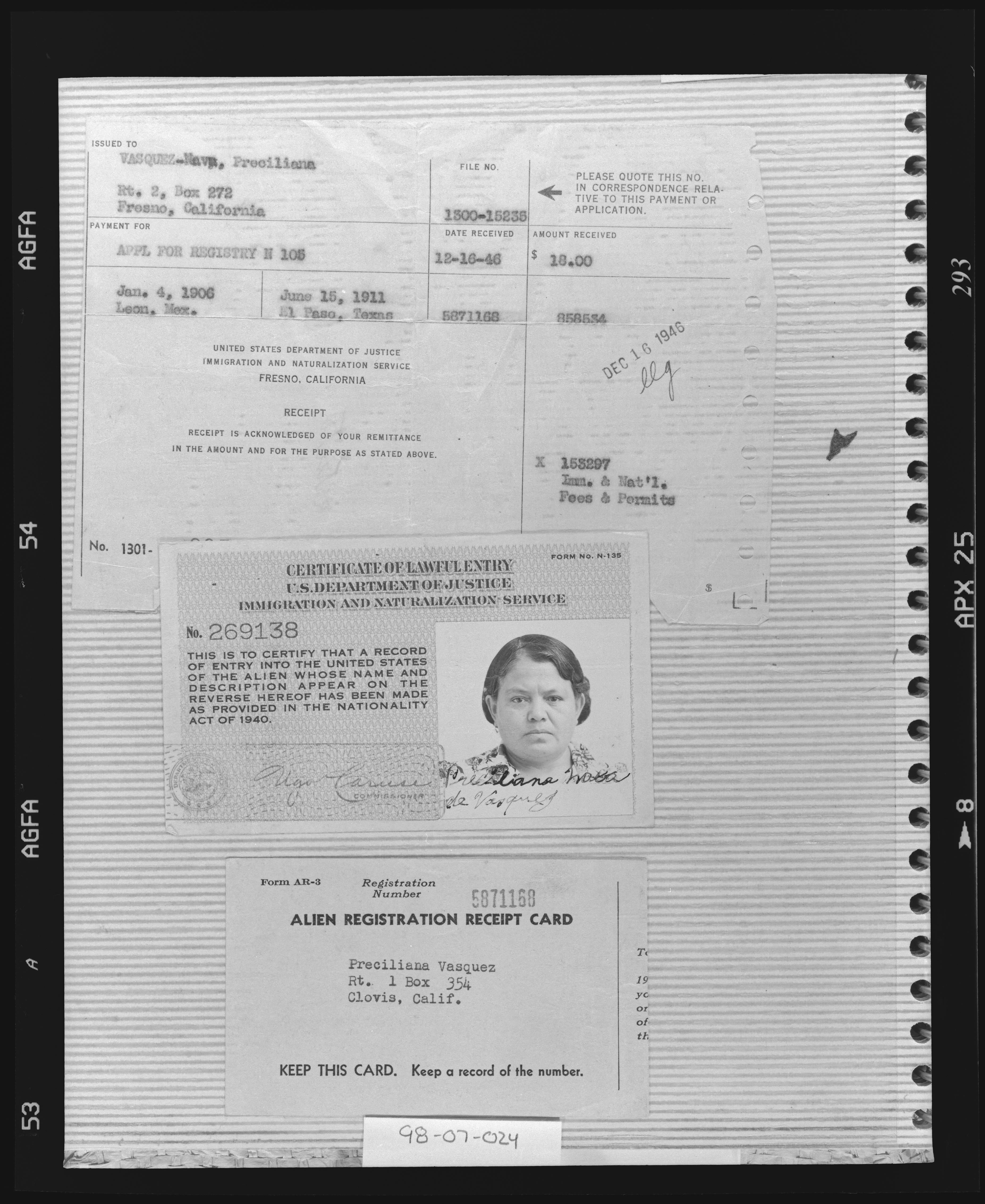Pratt SI
Sites
A collection of assignments arranged by semester from 2017.
A comprehensive guide to web site building in Omeka S.
The Kharaneh IV archaeological project explores the nature of interaction and aggregation at the end of the Pleistocene through the multi-component Early and Middle Epipalaeolithic site Kharaneh IV, Jordan.
A collection of patent medicine packaging and print advertisements from the 1800s and 1900s.

Never in One Place: Humans on the move
For the 36th anniversary of ACT UP (Aids Coalition to Unleash Power), this collection aims to highlight parallels between the AIDS crisis and the COVID-19 pandemic.
For several hundred years beginning in the early 16th century, portrait miniatures were a popular form of portraiture art throughout Britain and Europe, and later the United States. The small portraits were portable and often mounted in a case or a form of jewelry.
Serving many purposes, portrait miniatures were commonly exchanged between European courtiers during the courtship process, were gifted to symbolize friendship and loyalty, or were used by monarchs and court officials as political gifts. Regardless of specific purpose, portrait miniatures convey intimacy. Though portrait miniatures, like most portraiture in general, were reserved for upper classes, examples of portrait miniatures of sitters from Europe and Britain’s emerging merchant class show that these portraits were slightly more democratically available, even in the 1500s.
The technique of portrait miniature painting was developed and perfected by several European and British artists between the 16th and 18th centuries. However, they were most commonly painted in watercolor, generally on vellum at first and then later on ivory. Often, they were mounted onto playing cards or other forms of cardboard before being framed or encased.
Go to the Admin dashboard to start working with Pratt SI.